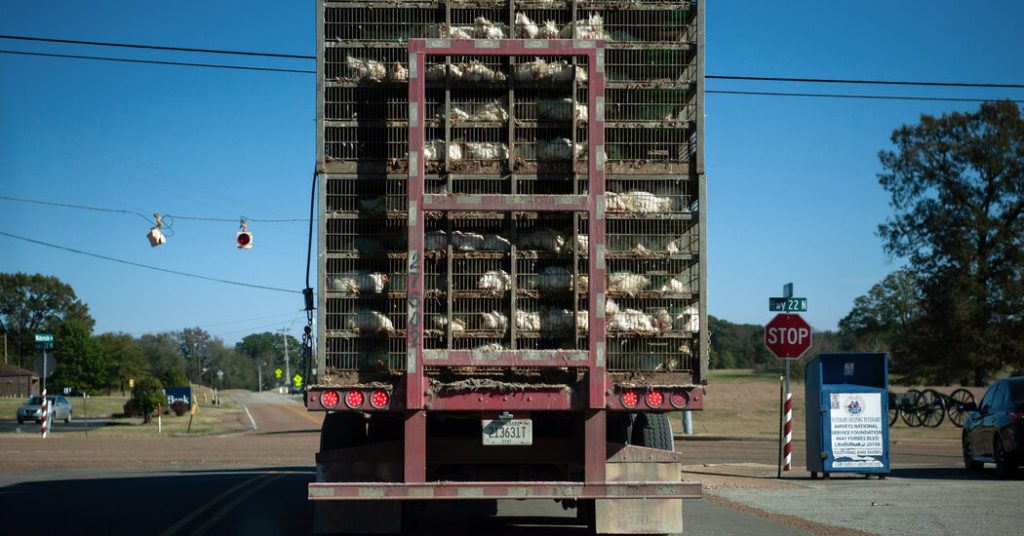Farm animals can spread pathogens as they travel, leaving disease-causing bacteria, including antibiotic-resistant strains, in their wake. Contaminated transport vehicles have been known to continue spreading pathogens even after infected animals have disembarked, potentially contributing to disease outbreaks at destinations such as livestock auctions. Pigs are of particular concern, as they can be infected by multiple types of flu simultaneously, leading to the creation of novel virus strains. The global trade in live pigs has fueled the evolution of swine flu and contributed to the emergence of harmful bacterial strains like Streptococcus suis.
The global swine trade has been identified as a major factor in the spread of pathogenic strains around the world. Despite having the authority to restrict the interstate movement of livestock, the U.S. Department of Agriculture (USDA) has few barriers in place to prevent cross-country transport. Regulations requiring livestock to be offloaded for food, water, and rest after 28 consecutive hours of travel are considered lax and are rarely enforced. The use of “cowtainers” to transport calves from Hawaii to the mainland on long boat journeys highlights the loopholes in current regulations.
Livestock traveling between states must possess a certificate of veterinary inspection declaring them to be healthy, but visual inspections may not catch infected animals that are asymptomatic. This has likely played a role in the spread of bird flu to new dairy herds. The lack of strict enforcement and updated regulations has led to concerns about the potential for disease outbreaks to occur as a result of animal transportation. Researchers and experts emphasize the need for tighter controls on the movement of livestock to prevent the dissemination of pathogens and the emergence of novel strains of viruses and bacteria.
Efforts to address the risks associated with livestock transportation have been hindered by gaps and loopholes in existing regulations. While the USDA has the authority to restrict the movement of animals across state lines, the current regulations are not robust enough to prevent the spread of pathogens through transportation. The global trade in live animals, particularly pigs, has been identified as a key factor in the evolution of swine flu and the emergence of new bacterial strains. Experts call for stricter enforcement of regulations and updated guidelines to minimize the risk of disease outbreaks associated with the movement of farm animals.
The role of infected animals in sparking disease outbreaks at destinations such as livestock auctions is a significant concern. Older, sick, or small animals that are not suitable for the commercial food supply may be brought to these auctions, providing an environment for pathogens to spread among livestock. The potential for diseases like H5N1 to move from cattle to swine at auctions raises alarms about the need for improved biosecurity measures and tighter controls on animal transport. Researchers highlight the importance of addressing the risks associated with livestock transportation to prevent the spread of pathogens and reduce the chances of disease outbreaks in farm animal populations.
Overall, the movement of farm animals poses significant risks in terms of spreading pathogens and contributing to the evolution of viruses and bacteria. Global trade in live animals, lax regulations, and loopholes in enforcement mechanisms have created opportunities for disease transmission and the emergence of novel strains. Strengthening biosecurity measures, enhancing regulations, and improving surveillance and monitoring of livestock transportation are crucial steps that need to be taken to minimize the potential impact of animal movement on animal and human health.








